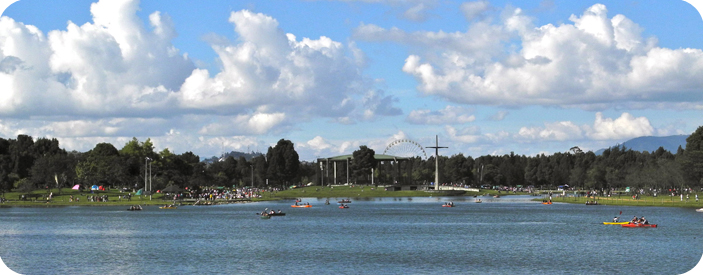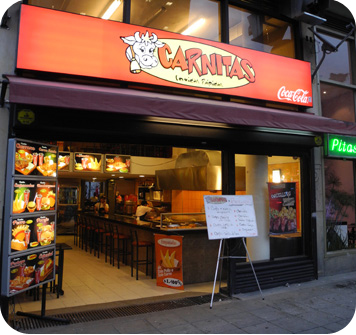Choosing People over Cars to Build a Better City
 Tuesday, April 5, 2011 at 11:24PM
Tuesday, April 5, 2011 at 11:24PM  Parque Simon Bolivar, Bogota, Colombia
Parque Simon Bolivar, Bogota, Colombia
In my country, we are just learning that sidewalks are relatives of parks – not passing lanes for cars.
Over the past 80 years we have been building cities for cars much more than for people. If only children had as much public space as cars, most cities in the world would become marvelous.
Enrique Peñalosa, Mayor of Bogotá, 1998-2000
On my second day in Bogotá, I was seated in a sidewalk café with two friends, and, as I was about to take a sip of aromatica, which was the local version of herbal tea, in this case containing stalks of fresh lemongrass and peppermint, I sneezed three times in rapid succession. “Welcome to Bogotá,” one of my friends responded in an almost sardonic voice. A few days later, when I was walking with another friend along the Carrera Septima, one of Bogotá’s main avenues, I gestured at the clouds of thick and dark-grey diesel exhaust in which we were surrounded, and noted that Bogotá had the most terribly polluted air of any city that I had ever lived in. “Oh,” she replied in a conciliatory tone, “but it’s not half as bad as it used to be.” And the truth is that Bogotá’s air was once much worse than it is today.
 Bogotá,
Bogotá,  City Planning in
City Planning in  Environment
Environment 


